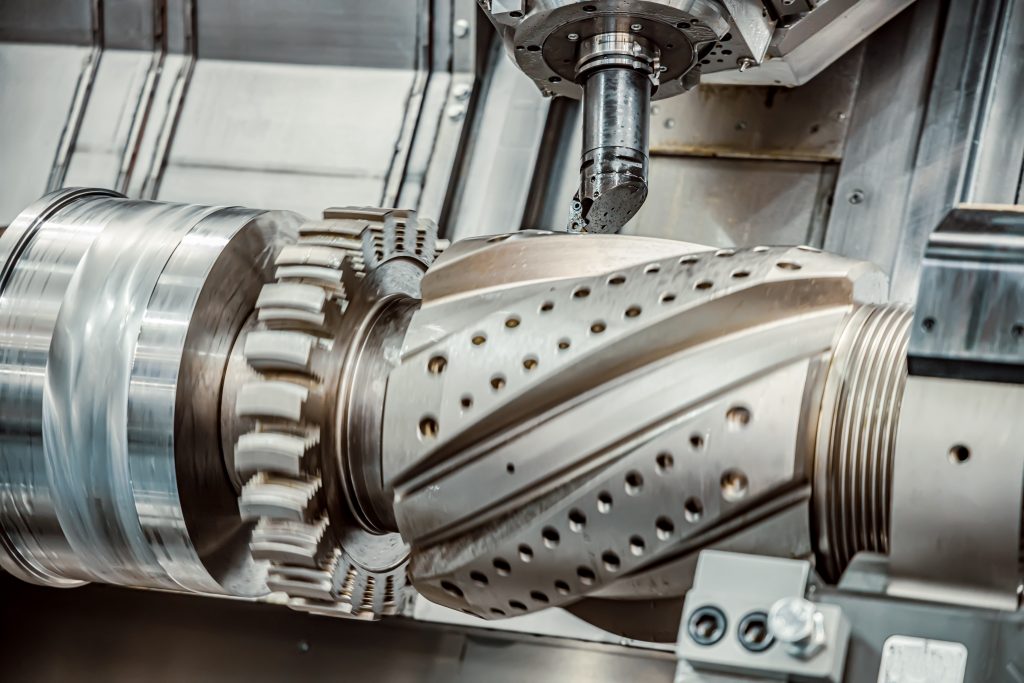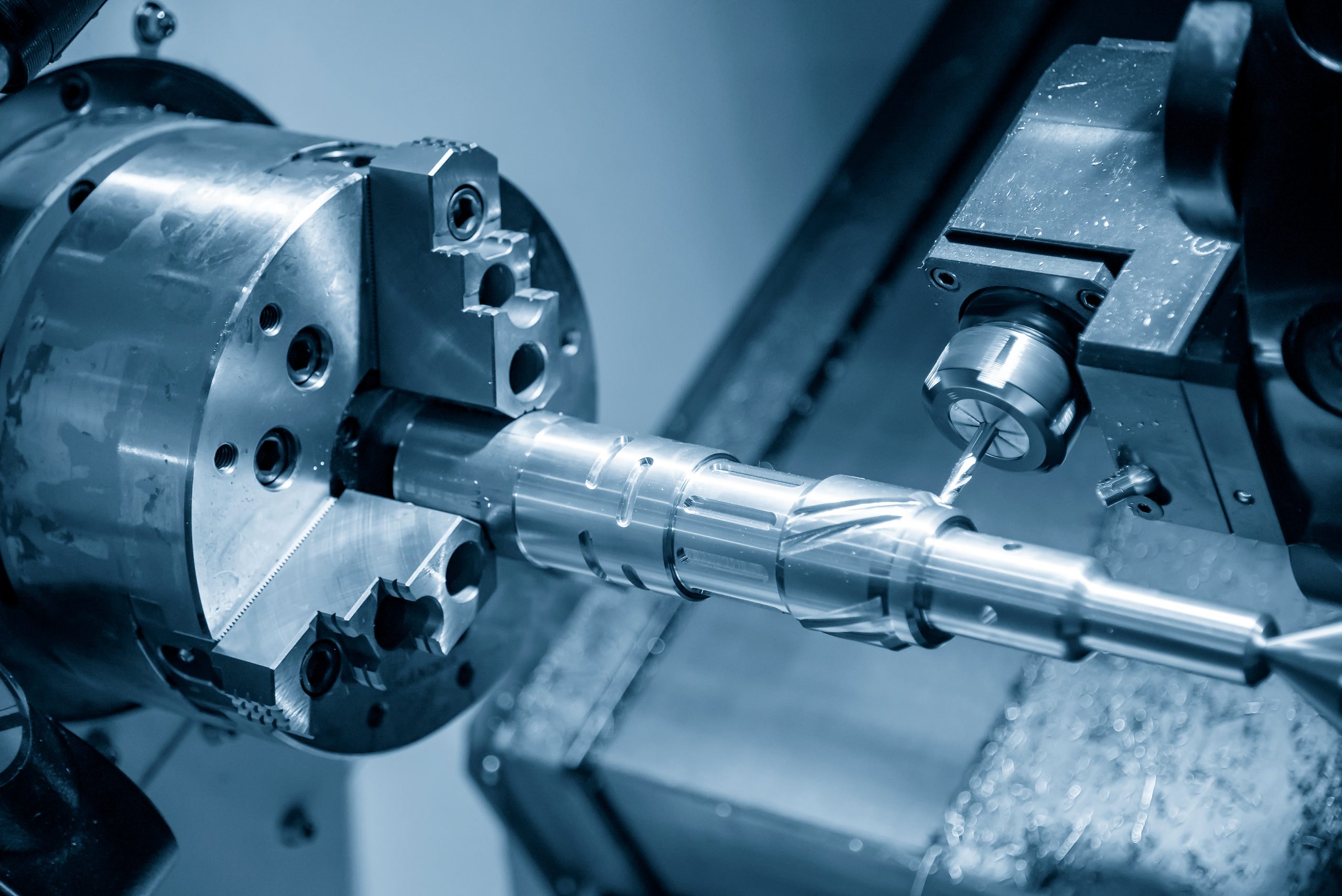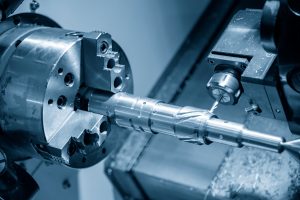
- News
- Basics
- Products
- JP Job shop
- Exhibition
- Interview
- Statistic
- PR
- Download
- Special contents
Basics
May 3, 2022

1. What is a multi-tasking machine?
2. Benefits of combined machining
3. Lathe-based multi-tasking machines
3-1. Turning centers
3-2. Lathe type multi-tasking machines
4. Other multi-tasking machines
4-1. MC type multi-tasking machine
4-2. Multi-tasking machine capable of different types of machining

Key Points of multitasking machines:
・ Multiple different machining, such as turning and milling, on a single machine
・ Maintain machining accuracy by minimizing the chucking process
・ Numerous advantages due to reduced setup work
Multi-tasking machine is a general term for a machine tool that combines multiple machining methods with different functions and features in a single machine. A single machine can perform turning, in which a tool bit is pressed against a rotating workpiece, and milling, in which a fixed workpiece is machined using a rotating cutting tool.
The biggest advantage of multi-tasking machines is that they can perform a variety of machining operations by simply installing a workpiece on the machine once.
To take a workpiece from material to finished product, various machining operations such as turning, milling, drilling and grinding etc. need to be carried out. Normally, the most suitable machine tool is used for each process: an NC lathe for turning, a machining center (MC) for milling and drilling, and a grinding machine for grinding. This means that the workpiece must be mounted on the machine tool many times, a process called chucking. However, each time the chucking process is repeated, errors occur in the mounting position of the workpiece, which accumulate and significantly affect the final machining accuracy.
In contrast, multi-tasking machines can minimize the number of chucking operations because multiple machining operations can be integrated into a single machine. Therefore, workpiece mounting errors caused by crossing over multiple machine tools can be suppressed and machining accuracy can be maintained.
Preparation work before machining, including chucking, is collectively called setup. With a multi-tasking machine tool, only one setup operation is required and the operator’s time and effort can be reduced.
If finished products can be machined with fewer setups, the production lead time can be shortened and the inventory of work-in-progress (WIP) can be reduced. WIP refers to products that are still in the process of being manufactured. Space savings can also be achieved as it is no longer necessary to have multiple machine tools.
Although multi-tasking machines have many advantages, they also have disadvantages. One example is that it is difficult to create machining programs; as one machine can perform various machining operations, the number of axes to be controlled increases, and as you can imagine, the programs tend to be much more complex. In addition, the mechanism of the machine is more complicated than that of an NC lathe, and the price tends to be higher.

The multi-tasking CNC lathe machine cutting the automotive parts by milling spindle with the cutting tools.
Turning centers (TC) are NC lathe-based multi-tasking machines with a spindle for rotary tools such as drills, taps, and end mills mounted on a gang or turret. In addition to turning, milling, and drilling can also be integrated into a single machine.
Many TC models have a built-in motor mounted on the turret and are similar in external appearance to NC lathes. A built-in motor means a motor built into a device or other equipment.
While TCs have the spindle for rotary tools on a turret or other tool rest, lathe-type multi-tasking machines have a spindle head for rotary tools that swivels. Because the spindle head swivels, workpieces with complex shapes can be machined as well.
Some lathe-type multi-tasking machines are equipped with a turret separate from the swiveling spindle head in order to improve productivity. There are also opposed twin-spindle models with workpiece-mounted spindles on the left and right sides.
In some models, hob cutters and gear skiving tools for gear machining are installed, so that in addition to turning and milling, gear machining can also be performed on a single machine.
Machining center (MC) type multi-tasking machines are machines based on an MC and incorporate other machining methods such as turning.
Most MC type multi-tasking machines are based on a 5-axis vertical MC with two axes on the table side, to which a turning function has been added. By rotating the table at high speed, turning can also be performed in the manner of a vertical lathe.
However, turning requires higher rotational speeds than a normal rotary table, and it requires powerful torque to resist the resistance of the tool bits. For this reason, direct-drive tables are often used, where the rotational force is obtained directly from a motor built into the table.
There are also MC-based multi-tasking machines with grinding functions, which are called grinding centers. They are widely used for machining hard and brittle hard materials such as glass and ceramics, and hardened steel and other hard materials.
Some multi-tasking machines combine cutting with non-cutting machining methods, such as electrical discharge machining, laser beam machining and additive manufacturing (AM) technology.
Among these, multi-tasking machines that combine AM technology and cutting have been attracting attention recently. AM technology is similar to 3D printers, a technology to create three-dimensional shapes by using a laser to burn and solidify thinly spread metal powder or metal powder supplied with gas and then pile them on top of each other. Often, the rough shape is created by AM technology and the surface is finished by cutting. With this method, it is possible to create hollow structures, undulating water pipes, and other shapes that are impossible to fabricate by cutting.
There are also highly unique multi-tasking machines that combine cutting with friction stir welding (FSW) technology, in which a special pin-shaped tool is pressed against the material and softened by frictional heat and stirred together to join the materials.
Some multi-tasking machines also combine machining methods other than cutting, such as laser beam machining and water jet machining.
March 24, 2022
March 30, 2022
March 31, 2022